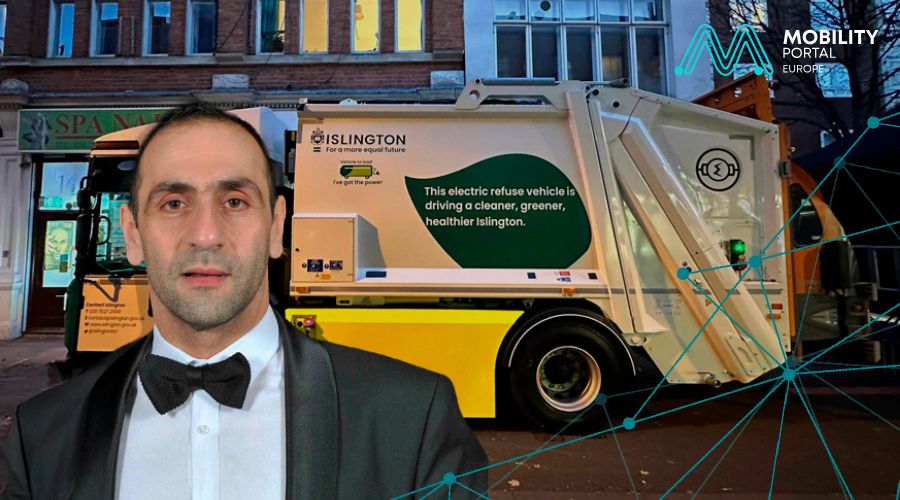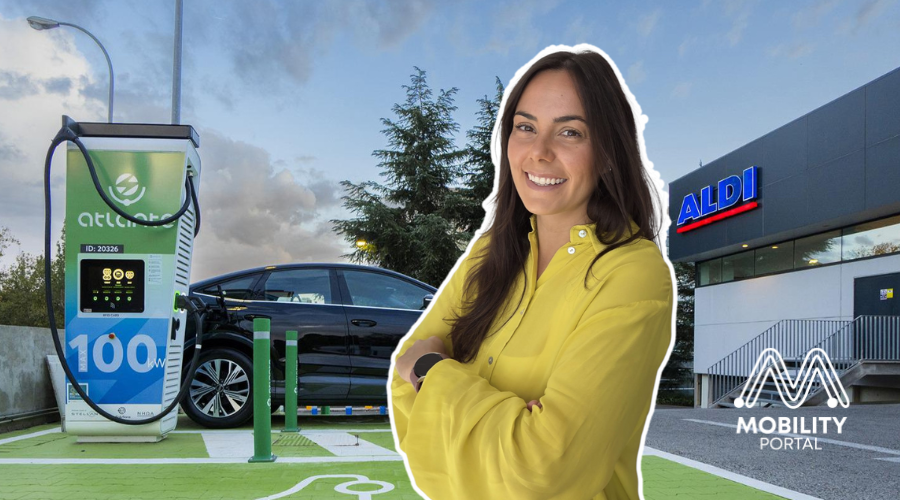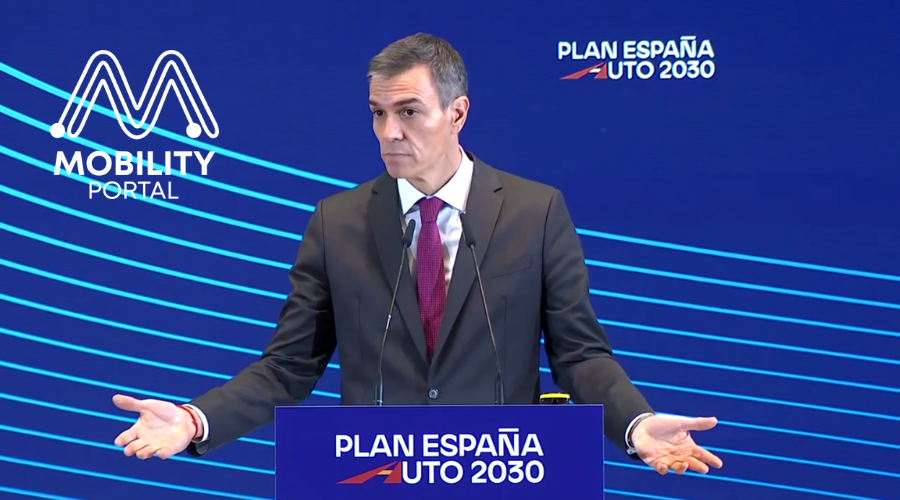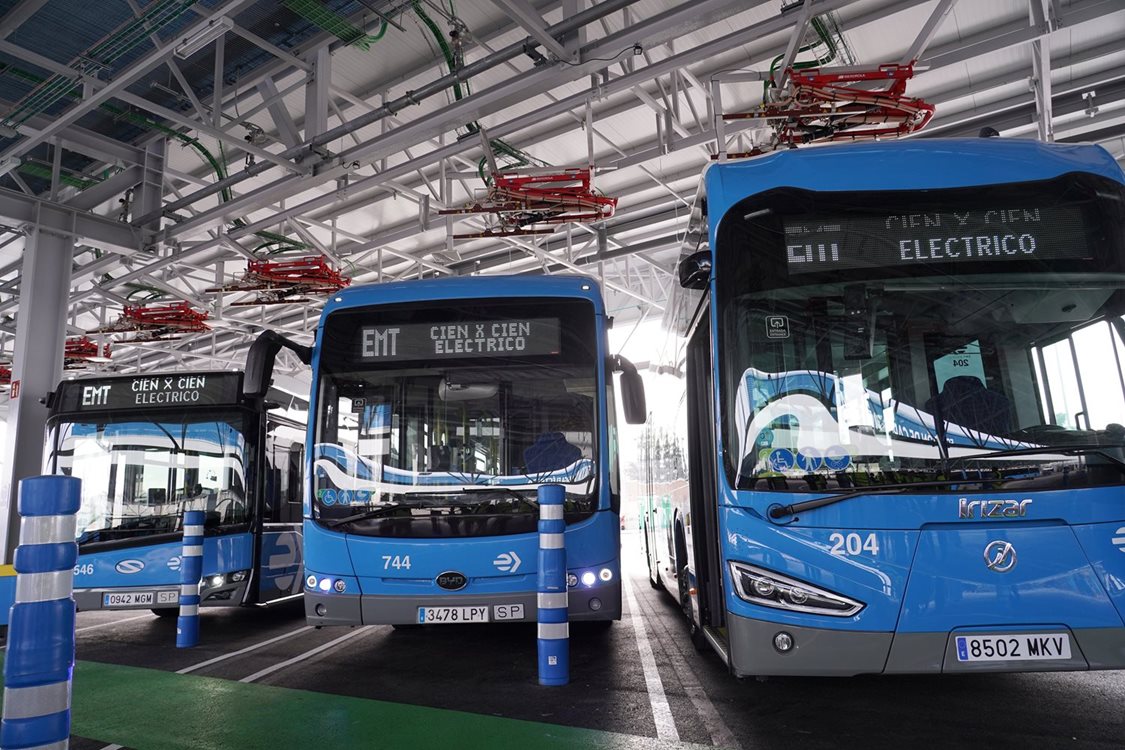Islington stands out as a case study in municipal fleet electrification in the United Kingdom.
Out of a total fleet of 550 vehicles, the borough has already converted 140 to electric, while advancing a comprehensive strategy that ranges from local energy generation to energy management tools.
So explains Chris Demetriou, Assistant Director for Corporate Transport and Accessible Fleet, during a webinar organised by Rightcharge.
His experience demonstrates that this transition cannot be approached in isolation: “Electrifying fleets requires an understanding of the energy system,” he states.
Generation, Pricing and Energy Challenges
Islington is pursuing a strategy that combines energy self-sufficiency with advanced technology.
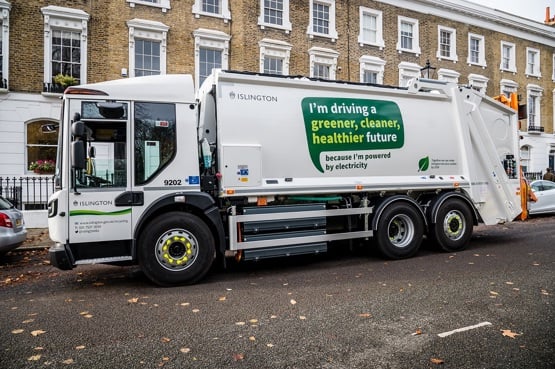
“We have solar panels, which enabled us to generate around 425,000 kWh in 2023 and cut costs,” explains the local technical team.
“We also use time-of-use tariffs to charge at optimal times,” they add.
This distributed generation is complemented by explorations into energy storage and vehicle-to-grid (V2G) technologies.
However, cost remains a critical barrier for other local authorities seeking to convert their vehicle fleets, particularly in contexts where high electricity prices act as a disincentive.
“Electricity is expensive in the UK. That’s why we propose removing or redistributing those costs to make energy more competitive—especially for fleets and industry,” says Ciarán Stortforth from Octopus Energy.
According to specialists, a significant share of public policy costs related to energy—such as subsidies or social support—is directly applied to electricity bills, rather than being funded through general taxation, as is the case in other European countries.
This framework limits the development of sustainable business models for operators of electric fleets.
Tangible Savings and Strategic Deployment
One of the most relevant aspects of the Islington case is the evaluation of operational savings.
According to borough figures, a diesel refuse collection truck consumes around 25,000 litres of fuel annually, representing costs between £27,000 and £28,000.
By contrast, its battery-electric equivalent incurs about £3,500 in annual energy costs. This figure, calculated two years ago, has decreased further with current pricing. Added to this is an additional saving of £5,000 to £6,000 in vehicle maintenance.
The borough’s geography supports the deployment of this technology: with just 15.5 square kilometres, daily vehicle routes range from 15 to 20 kilometres.
This configuration enables efficient operation without the need for complex charging infrastructure or extended range.
Islington has not only converted vehicles. It has also invested in upskilling its technical team and reconfiguring its operations.
The borough is currently assessing the feasibility of implementing dual shifts for electric trucks, taking advantage of the fact that they return with 40–50% battery charge, which could reduce the number of vehicles required in service and maximise use of existing assets.
Are Power Cuts a Risk in the UK?
Another topic discussed during the webinar was the concern around potential negative impacts on the grid due to the growing number of electric vehicles in the country.
“How real is the risk of blackouts in the UK due to electrification? The risk remains low,” assures Stortforth.
Although there have been isolated incidents—such as a substation failure near Heathrow Airport—the UK power system maintains sufficient operating margins and is managed by operators who tend to act cautiously.
Nonetheless, the increasing complexity of the grid is acknowledged, and a shift towards more dynamic demand-side management will be necessary.
When asked which technologies will transform fleet operations in the medium term, Stortforth was clear: “V2G, on-site renewables, energy storage and smart charging technologies” will play a central role.
The principle is straightforward: the more energy that can be generated, stored, and used locally, the lower the exposure to price spikes or grid stress.
“Using local, low-cost energy will be key to reducing total cost of ownership—and even generating income,” the specialist concluded.
DISCOVER MOBILITY PORTAL DATA
Discover Mobility Portal Data, a new exclusive market intelligence platform offering reliable data and key reports to support smart decision-making across the automotive sector — covering both combustion and electric vehicles, as well as charging infrastructure.
Research, trend analysis, and neatly organised statistics presented with clarity and precision, alongside up-to-date insights — all just one click away. With Mobility Portal Data, good decisions are on the horizon.
READ MORE
-
Atlante y su “modelo híbrido”: generación, almacenamiento y recarga ultrarrápida para un sistema más resiliente
Atlante acelera su despliegue en España y en diálogo con Mobility portal, Inés Mackey, Chief of Staff de Atlante Iberia define las prioridades de la empresa y su apuesta por la interoperabilidad de la mano de Charge League.
-
Spain Auto 2030: a point-by-point look at the plan set to redefine the eMobility landscape
Spain has entered a new phase in its industrial strategy for electric mobility. The Government has unveiled Spain Auto 2030, a roadmap designed to mobilise €30 billion over the next five years, reshaping the centre of gravity of the electric vehicle market through fresh incentives, a centralised management model, targeted investment in charging infrastructure and…
-
EMT Madrid licita 120 nuevos buses eléctricos: inversión de 79,35 millones y entregas entre 2026-2027
Con esta incorporación, Madrid refuerza su estrategia de descarbonización y consolida una de las flotas eléctricas urbanas más grandes de Europa.





